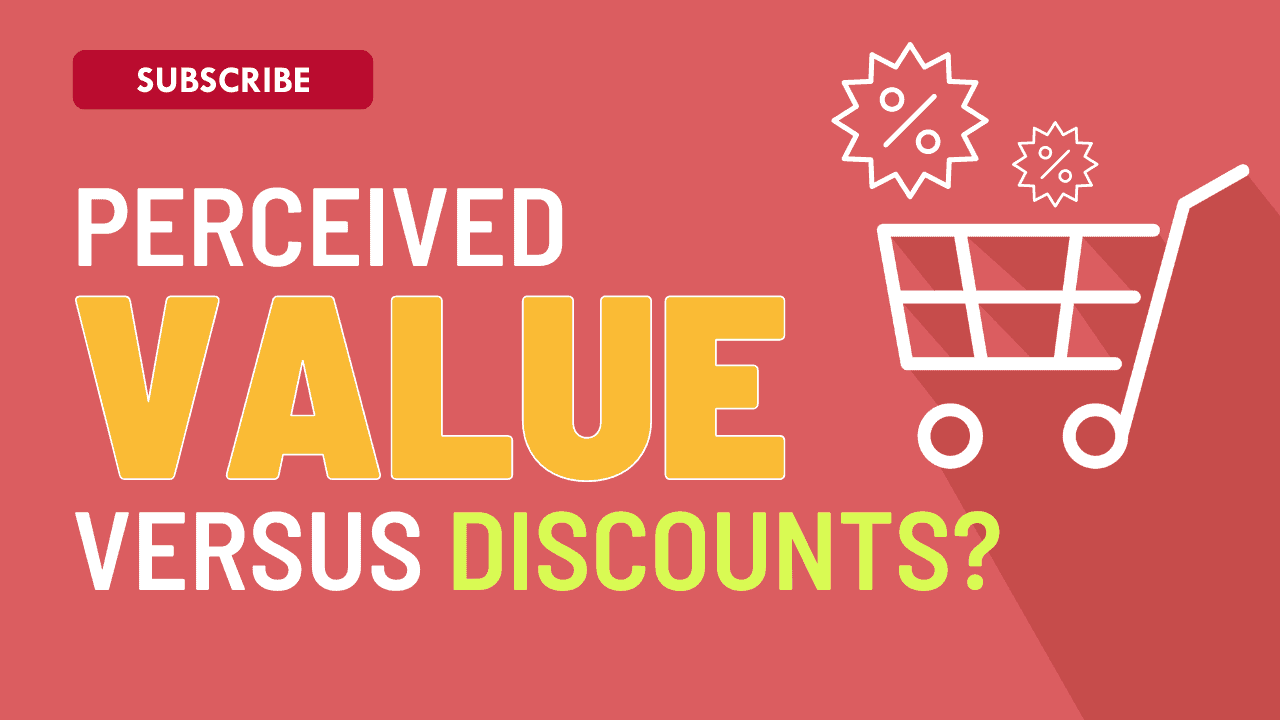
20 May Unlocking Growth: How Your Average Sale Holds the Key to Profits
Could Your Average Sale Be the Key to Growing Your Profits?
As business owners, we often get caught in the whirlwind of attracting new customers to fuel growth. However, in this relentless pursuit, we sometimes overlook a treasure trove of opportunities lying right within our grasp. Today, let’s shift our focus to a crucial yet frequently neglected aspect of business strategy – increasing the average dollar sale.
The Hidden Costs of Ignoring Your Average Sale Value
Before we dive into the solutions, let’s consider the pitfalls of not prioritizing your average sale value. Neglecting this area can lead to cash flow issues, put you at a competitive disadvantage, and ultimately squeeze your profit margins. It’s a challenging scenario that no business owner wants to face.
The Upside of Upscaling Your Average Sale
Now, let’s flip the script and envision the benefits that come with a higher average dollar sale. It’s not just about more cash in the till; it’s about covering the cost of acquiring new customers faster, boosting profit margins, and, quite surprisingly, it could even lead to happier customers.
Strategy 1: Set a Minimum Sale Requirement
Imagine you own a boutique wine shop. By setting a minimum sale requirement – say, $50 – you encourage customers to add another bottle or two to their purchase. This not only helps you move inventory but also introduces customers to new products. Consider creating bundles that offer a mix of value and premium selections, with the total just above your minimum sale price. This approach not only controls inventory but also has the potential to turn a casual buyer into a connoisseur of their new favorite wine.
Strategy 2: Offer Tiered Pricing Options
Offering a low, medium, and high pricing tier caters to a wider audience and allows you to influence purchasing decisions. Take the classic movie theater concession stand, where the price difference between a small and medium popcorn is minimal, while the leap to large is more substantial. This pricing strategy, known as anchoring, nudges customers towards the option you’d prefer them to choose – often the middle one, which appears to offer the most value for money.
Strategy 3: Add Perceived Value Over Discounts
Rather than cutting into your profits with discounts, consider adding perceived value to your offerings. For instance, if a customer is eyeing a $100 shirt in your boutique, instead of a 20% discount, why not gift them a pair of $20 socks? The customer walks away delighted with a perceived $120 value for $100, and you’ve saved on profit loss since the socks might only cost you $2. This strategy not only maintains your profit margins but also trains customers to appreciate the full value of your products.
The Power of Boosting Your Average Dollar Sale
Focusing on your average dollar sale has undeniable advantages. It can provide a competitive edge, create opportunities for upselling and cross-selling, and lead to healthier profit margins. If you’re a business owner eager to unlock more revenue without solely relying on new customer acquisition, consider these strategies as your stepping stone to success.
Are you ready to take your business to the next level? Let’s have a conversation. Schedule a free 30-minute call with me, and together we’ll explore the challenges and opportunities unique to your business. We’ll craft a tailored approach to maximize your average sale value and propel your profits forward.
Book a time today: https://calendly.com/ericknam/30minintrocall?back=1&month=2024-02


Sorry, the comment form is closed at this time.